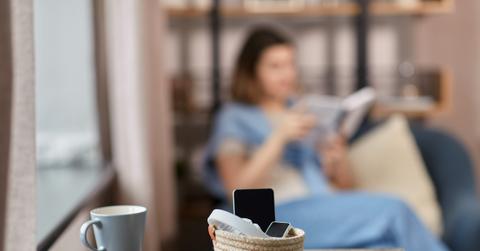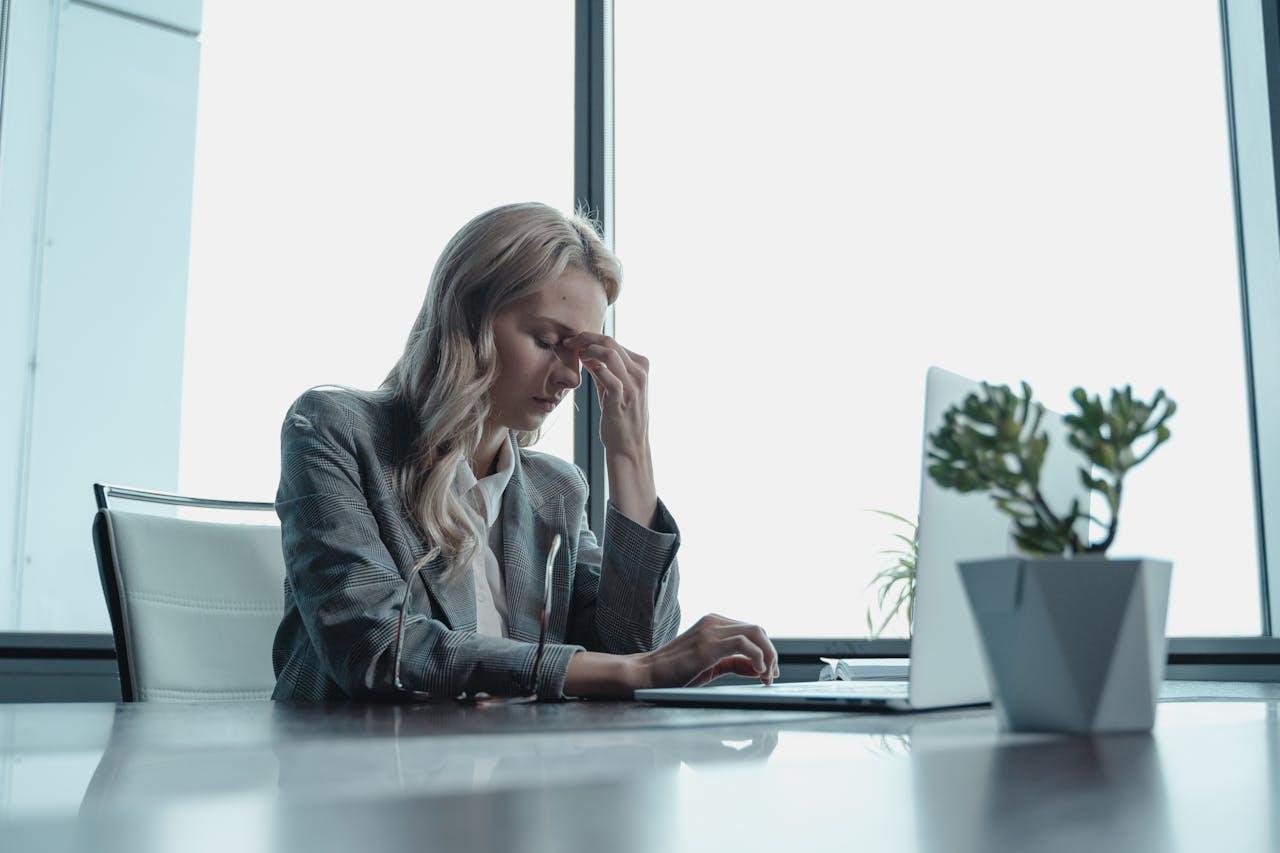How Women Can Create A Digital Detox Routine Without Falling Behind

For most of us, screens are an omnipresent part of our lives. From being productive and creative at work to managing our social lives, we more often than not find ourselves behind our phones or our laptops.
While there are plenty of instances where our screen time is serving us, it’s all too easy to slip into overuse. Soon enough, we start to feel the effects of too much screen time, and it’s time for a detox. Still, that worry is there: what if we fall behind?
What Is A Digital Detox?
A digital detox is an intentional period away from devices (such as smartphones, computers, tablets, and TVs) and social media. Digital detoxes encourage us to experience life as it is in the moment, connecting with what’s around us with fewer distractions.
According to Brooks Lape, co-founder of Start Your Recovery, digital detoxes can be incredibly helpful, particularly for those who are trying to manage screen addiction or tech overuse.
“Ongoing digital stimulation produces anxiety, interferes with sleep, and otherwise takes a toll on mental well-being, similar to substance addiction degrades brain function,” he said.
By intentionally taking a break from our devices, Brooks says that we can start to regain control of our relationship with technology.
The good news is that you don’t have to go to extremes and forgo your creative and productivity goals to reap the benefits of a digital detox.
“Digital detoxes must be balanced,” he said. “Far from full disconnection, creating healthy boundaries with technology can bring about healthier and more sustainable results.”
Here are some tips to help inform your digital detox and set healthy boundaries with technology.

1. Set Screen-Free Hours At Home
The Harvard Division of Continuing Education recommends making a set plan for your detox.
“If you simply want to reduce your screen time each day, what times will be off limits and what times will be designated as social media time?” said Harvard Division of Continuing Education writer Jessica Kent.
Reflect on this question and decide what your parameters will be. To help you stay consistent, Jessica recommends setting specific hours that are screen-free and try implementing them in your household.
2. Set Your Phone Screen To Black And White Instead Of Color
Managing a digital detox without falling behind means striking the right balance between restricting your use and setting yourself up to waste less “free” time scrolling so that you’re using your devices to serve you rather than set you behind.
The Mayo Clinic suggests setting your phone screen to black and white instead of color (which you can do in your phone’s settings). While this might not seem like much, taking away color actually makes your phone less appealing to your brain, therefore making mindless use less enticing.

3. Make A Self-Care Plan
Life and career coach Sally Anne Carroll recommends putting an emphasis on self-care as you go about your digital detox.
“Self-care is a must-have, not a nice-to-have,” she said.
She encourages clients to find “individualized, meaningful nourishment for [the] mind, body and spirit” to support themselves during the detox. She also adds that digital detoxes are their own form of self-care, and shouldn’t be looked at “as a one-time thing, but as an entry point into identifying and setting more sustainable digital boundaries going forward.”
4. Find Accountability
According to the Cleveland Clinic, digital detoxes help us have more meaningful social interactions with the people in our lives. When we aren’t reaching for a distraction, we’re more open to being present with the people in our lives.
You can maximize this by asking a friend, family member, or co-worker to be your accountability buddy. Not only can they help hold you accountable to your goals, but you can make a plan to give them a call instead of reaching for a distraction if you find the detox difficult.






